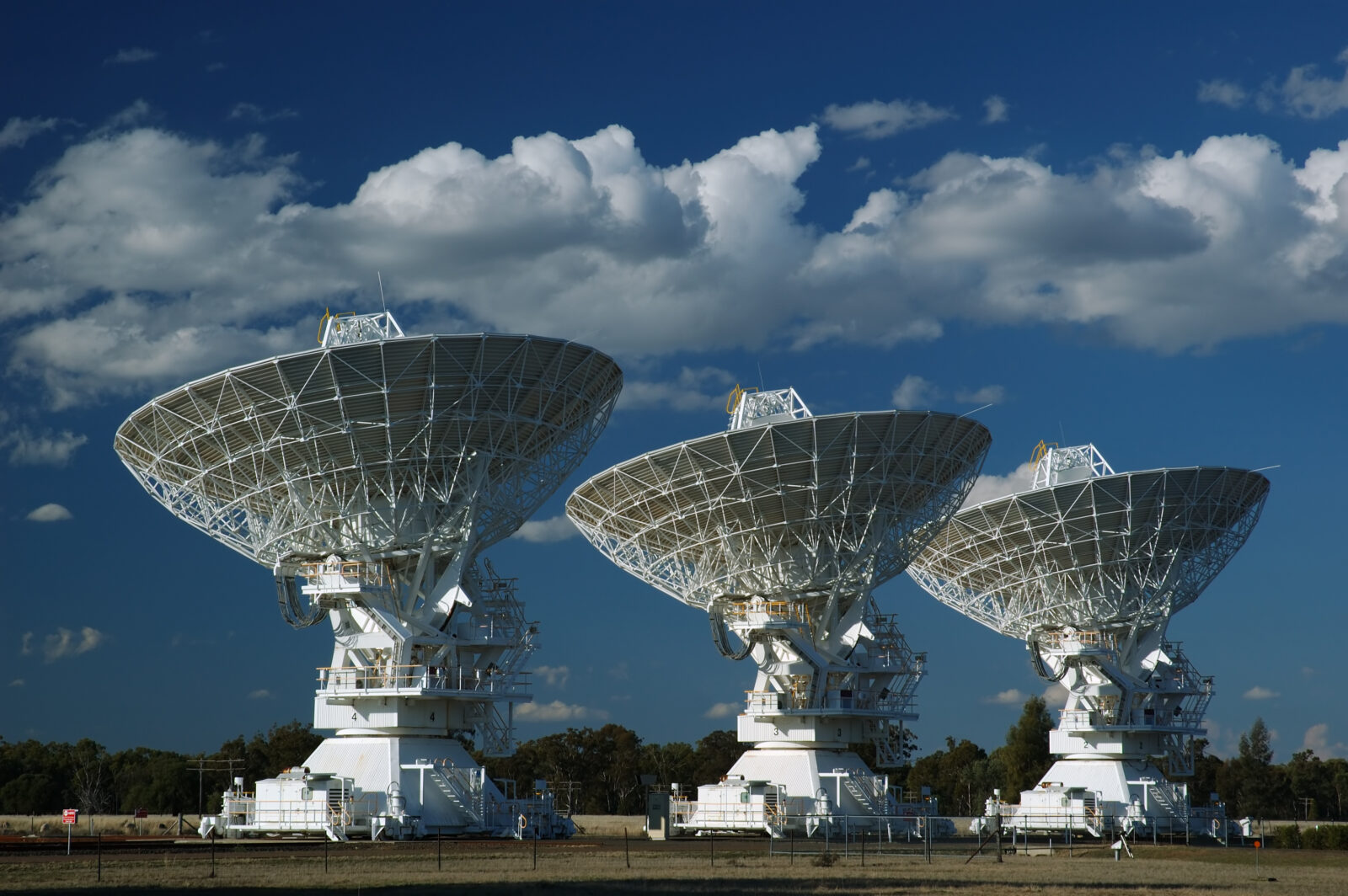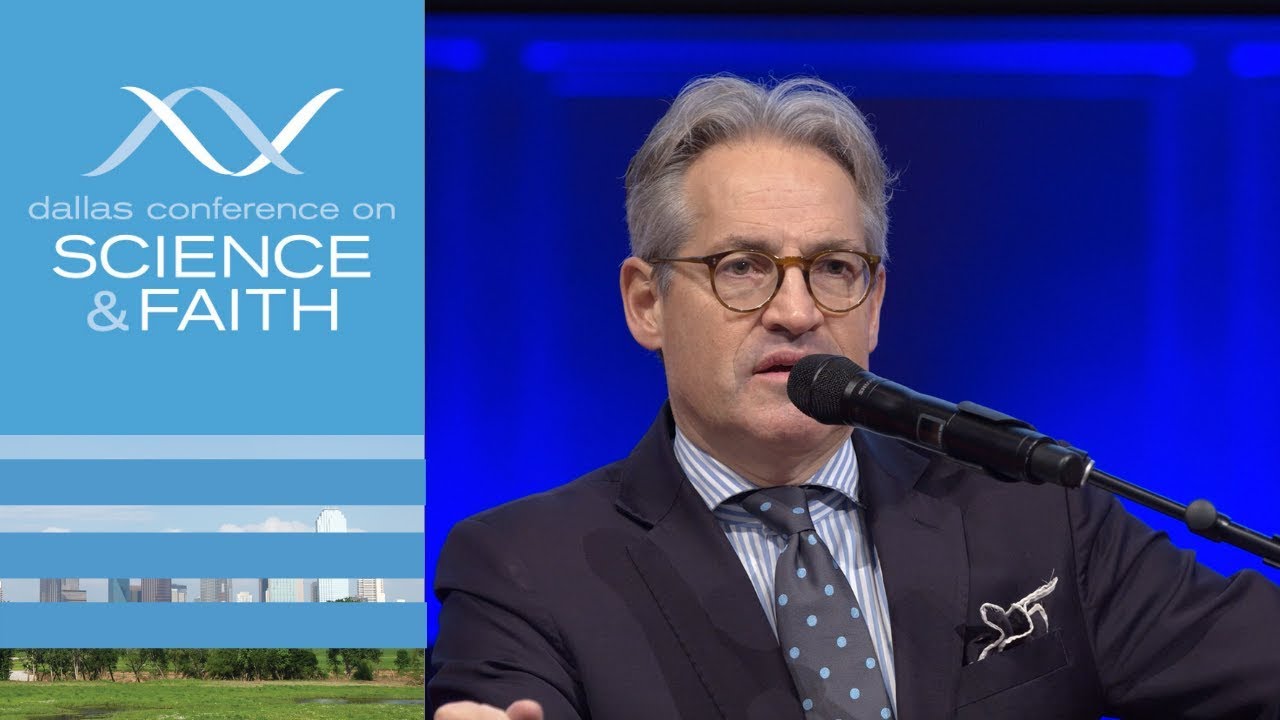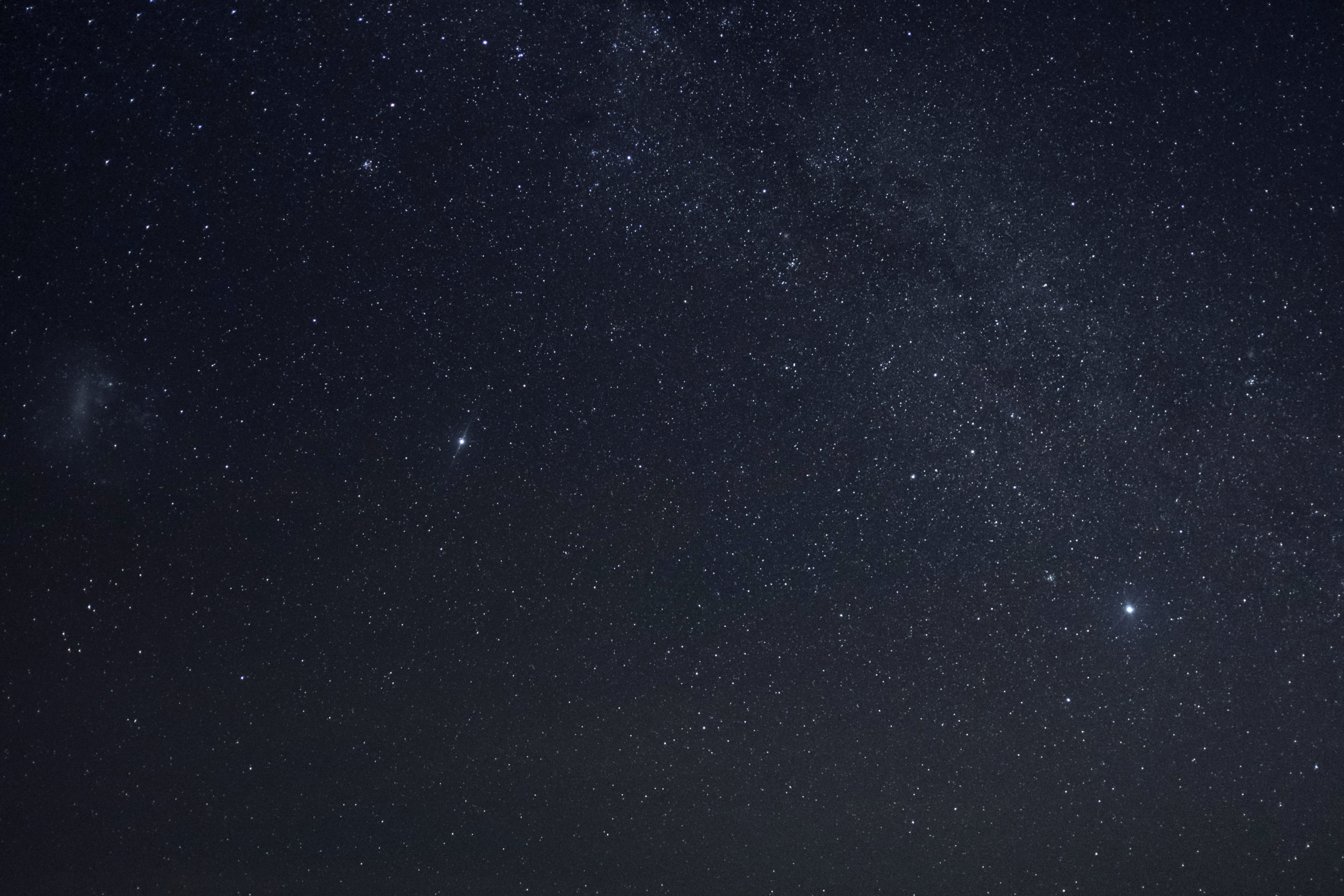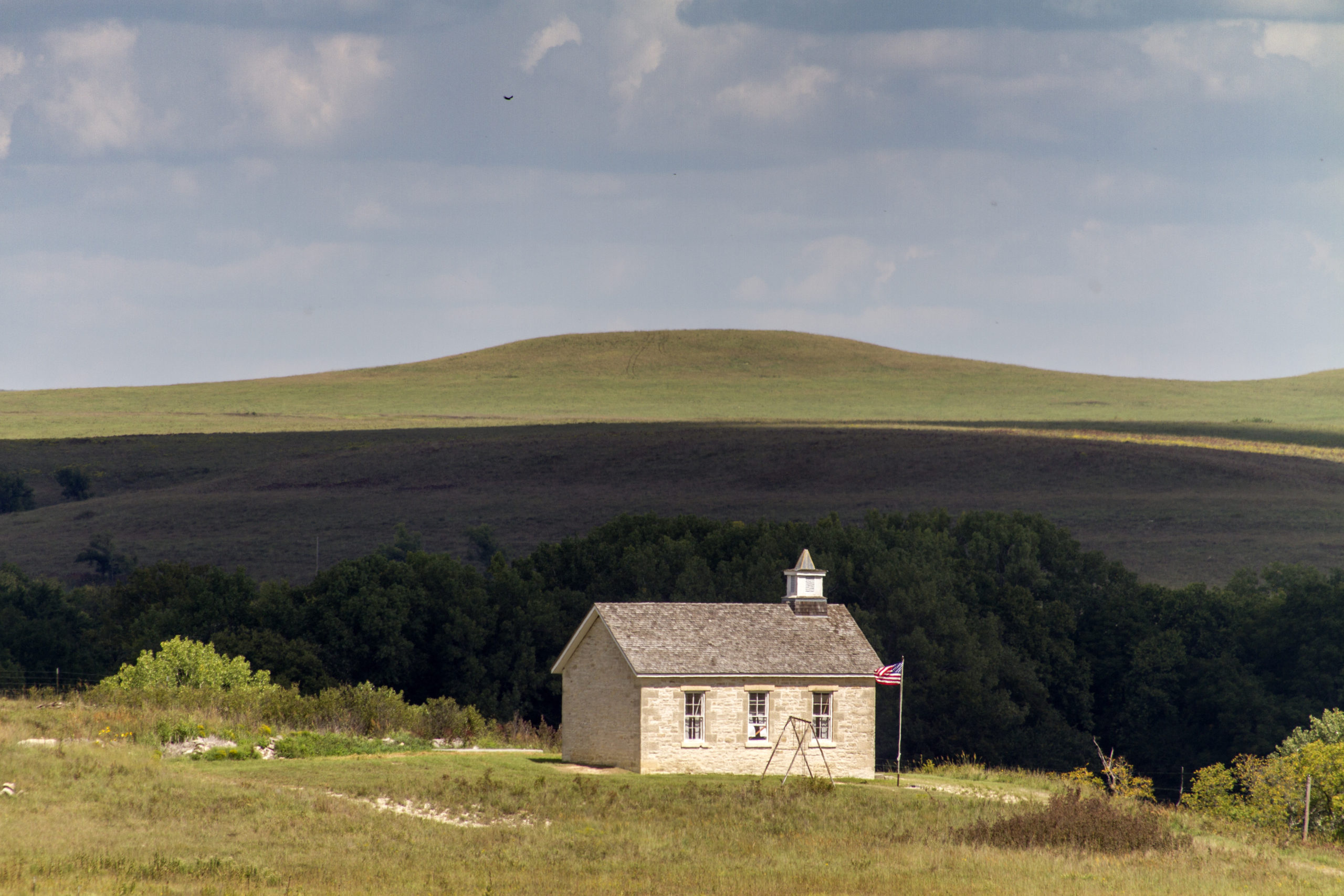


The Miracle of the Universe
According to a nationwide survey, more than two-thirds of atheists and one-third of agnostics believe that “the findings of science make the existence of God less probable,” while nearly half of self-identified theists believe “the findings of science are neutral with regard to the existence of God.” But what if there is another option? What if the discoveries of science Read More ›

Scientocracy Rules
Set to inspirational choir music and glorious scenes of a rugged green shoreline, Carl Sagan opened his television documentary Cosmos by declaring that “the Cosmos is all that is, or ever was, or ever will be.” The famous astronomer then outlined a plan for humanity’s salvation: For the first time, we have the power to decide the fate of our Read More ›

Intelligent Design: A Brief Introduction

The Pale Blue Dot Revisited
A recurring theme of the 1994 book Pale Blue Dot, by the late astronomer Carl Sagan, is that we are insignificant in the cosmic scheme. In one memorable passage, Sagan pushes this point while reflecting on an image of Earth taken by Voyager 1 in 1990 from some four billion miles away. He writes:
Because of the reflection of sunlight … Earth seems to be sitting in a beam of light, as if there were some special significance to this small world. But it’s just an accident of geometry and optics … Our posturings, our imagined self-importance, the delusion that we have some privileged position in the Universe, are challenged by this point of pale light. Our planet is a lonely speck in the great enveloping cosmic dark. In our obscurity, in all this vastness, there is no hint that help will come from elsewhere to save us from ourselves.
You might think that Sagan had an eccentric, melancholy personality. But his sermonette actually expresses an idea popular among modern scientists known as the Copernican Principle. Its proponents trace the history of the principle to its namesake, Nicolaus Copernicus (d. 1543). According to the popular story, Copernicus demoted us by showing that ours was a sun-centered universe, with Earth both rotating around its axis and revolving around the sun like the other planets. He dislodged us from our place of centrality and, therefore, importance. Scientists since Copernicus have only reinforced this initial dethroning. Or so the story goes.
Open virtually any introductory astronomy textbook and you will read some version of this story. It has a single, decisive, problem: it’s false. Historians of science have protested this description of the development of science for decades; but so far, their protests have not trickled down to the masses or the textbook writers.
The real story is much more subtle. We can only sketch its outlines here. The pre-Copernican cosmology was a combination of the physical and metaphysical vision of the Greek philosopher Aristotle (384-322 BC), and the observations and mathematical models of Ptolemy (circa 100-175 AD) and other astronomers. The universe they envisioned was a set of nested, concentric spheres that encircled our spherical, terrestrial globe, a model that nicely explained a whole range of astronomical phenomena in the pre-telescope era. The crystalline spheres were thought to connect so that the movement of the outer, stellar sphere of the stars moved the inner spheres that housed the planets, Sun, and Moon. This model gave order to the east to west movement of the Sun and the Moon, the celestial sphere encircling the celestial poles, and the perplexing and somewhat irregular paths of the known planets.
Read More ›
Darwin’s Hostages
In 1995 the National Academy of Sciences, through its National Research Council arm, issued a set of national science education standards calling for “dramatic changes” in the way science is taught in grade schools and high schools. Several years later the Kansas State Board of Education appointed a panel of scientists and academics to advise it on bringing state guidelines Read More ›

Design & the Discriminating Public
Evolution has enormous purchase on the public imagination, and it’s easy to understand why. Just peek into the average living room where toddlers everywhere are sitting wide-eyed before videos like The Land Before Time series. This series offers nothing less than an excursion into evolution. Colorful one-celled organisms arise in a blue-green primeval ocean, where they “change again and again,” Read More ›

Science and Design
En Español When the physics of Galileo and Newton displaced the physics of Aristotle, scientists tried to explain the world by discovering its deterministic natural laws. When the quantum physics of Bohr and Heisenberg in turn displaced the physics of Galileo and Newton, scientists realized they needed to supplement their deterministic natural laws by taking into account chance processes in Read More ›

The Unraveling of Scientific Materialism
In a retrospective essay on Carl Sagan in the January 9, 1997 New York Review of Books, Harvard Genetics Professor Richard Lewontin tells how he first met Sagan at a public debate in Arkansas in 1964. The two young scientists had been coaxed by senior colleagues to go to Little Rock to debate the affirmative side of the question: “RESOLVED, that Read More ›